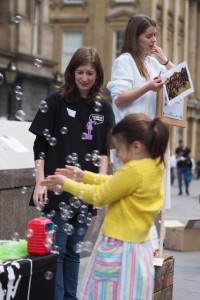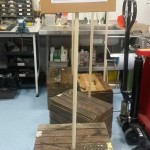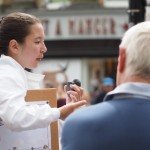As final year undergraduate students up and down the country approach the end of their degrees, it’s decision time. For many, postgraduate studies are the chosen route in the topic that has excited them the most during the their undergraduate studies. If you, or a friend/colleague, are one of those that find Cell and Molecular Biosciences the main topic of interest, this post is for you.

A view of Newcastle, taken during ICaMB’s annual boat trip – you could join us next year!
Would you like to do your PhD in one of the top UK Research Institute for Biological Sciences? In a city that has just been voted as the best city in the UK? Then one of the PhD studentships currently available at ICaMB could be what you are looking for!
As an ICaMB PhD student, you will benefit from being in a dynamic and well funded research environment with access to state of the art technology. You would be working amongst leading experts in several fields from bacterial cell biology all the way through to eukaryotic cell signalling and cancer research.

We all know that a PhD is not only about your research, so you will also be part of a thriving community of postgraduate students, with many events, both social, scientific and career oriented, organised by ICaMB’s PhD student association PAN!C. You can read more about PAN!C in a previous ICaMB blogpost.
Here we list MRes/PhD Studentships scheduled to begin in ICaMB in September 2015. These are also listed on the ICaMB website, where you can also find further details and guidelines on how to apply. However, if you would like further details about the projects, you can contact the named supervisor directly or the ICaMB Postgraduate Tutor Dr Tim Cheek (email tim.cheek@ncl.ac.uk). In addition, the Institute expects to kick start the careers of several new academic recruits by offering associated postgraduate studentships in the new academic year, September/October 2015. These posts will be advertised before the end of February 2015. If you are potentially interested or would like more details at this stage, please contact Professor Bob Lightowlers, Director of ICaMB. (Robert.lightowlers@ncl.ac.uk)
Newly added:
Title: Investigating the nanoscale structure and function of the bacterial cell division machinery
Sponsor: Newcastle University
Supervisor(s): Dr Seamus Holden, Prof. Jeff Errington
Contact for further details: Dr Seamus Holden (seamus.holden@epfl.ch)
Interested in combining bacterial cell biology with cutting-edge super-resolution microscopy techniques to figure out how bacteria divide?
The structure and dynamics of the bacterial cell division machinery remain mysterious, because this machinery is spatially organized on the nanometre scale, below the resolution of conventional light microscopy. The studentship will focus on using single molecule super-resolution microscopy to study bacterial cell division in living cells, in order to elucidate the physical mechanisms of cytokinesis. Cross-disciplinary training will be provided in advanced microscopy, biophysics, molecular biology and microbiology.
Deadline: This position will be advertised shortly. In the meantime, please contact Dr Seamus Holden for further information.
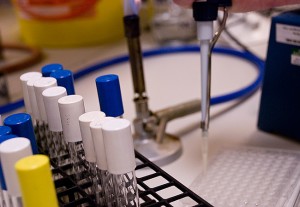 Pathogens
Pathogens
Title: MRes/PhD Studentship in the Institute for Cell and Molecular Biosciences – Ebola Virus Vaccine: Development of a Salmonella-Based Vaccine Delivery Platform – Ref CB113
Sponsor: Barbour Foundation
Supervisor(s): Dr Anjam Khan (Newcastle), Dr Pietro Mastroeni (Cambridge University) and Dr Gary Kobinger (Manitoba University, Canada)
Contact for further details: Dr Anjam Khan
Interested in contributing towards the development of a novel Ebola virus vaccine? Ebola is a highly virulent virus causing severe haemorrhagic fever with a high fatality rate in humans. This PhD project will explore the application of Salmonella as a novel oral vaccine delivery system for Ebola. The studentship will involve designing and constructing new vectors to optimize the expression and immunogenicity of recombinant Ebola antigens.
Cross-disciplinary training will be provided in molecular biology, microbiology, biotechnology, infection, and immunity. Training will also be provided in the collaborators laboratories in Cambridge.
Further Information
Title: STFC Funded PhD Studentship in Biophysical Chemistry – Creating realistic models of bacterial outer membranes for antimicrobial research and diagnostic assay development – Ref CB114
Sponsor: Science Technology and Facilities Council (STFC) & OJ-Bio Ltd
Supervisor(s): Prof Jeremy Lakey, Dr L Clifton & Dr V Lawson
Contact for further details: Prof J Lakey
This studentship builds up on recent successes in the Lakey research group developing accurate models of the outer membrane of Gram negative bacteria. These will enable more efficient research in antimicrobials and diagnostics. The successful applicant will demonstrate enthusiasm for this cross disciplinary area of research and any science degree including biochemistry, chemistry, physics etc. is suitable. The project involves a collaboration between Newcastle University, the Rutherford Appleton laboratory and OJ Bio, a young diagnostics company. The student will spend time at the neutron source at the Rutherford Appleton laboratory at Harwell.
Further Information
Deadline: The position will remain available until suitable candidates are appointed. Early application is advised.
Title: Sporulation in the human pathogen Clostridium difficile: structural and functional studies – Ref CB115
Sponsor: Medical Research Council (MRC)
Supervisor(s): Dr Paula Salgado and Prof Waldemar Vollmer
Contact for further details: Dr P Salgado
Are you a keen, motivated student, with an interest in microbiology and/or structural biology and an inquisitive, curious approach to research? Interested in bacterial pathogens, antibiotic resistance and in bacteria causing hospital acquired infections? The student will benefit from exceptional training in diverse disciplines: molecular and cell biology, protein purification, structure determination and PG biology to provide new understanding into Cdiff sporulation that would open new therapeutic avenues.
Further Information
Deadline: The position will remain available until suitable candidates are appointed. Early application is advised.
Eukaryotic cell biology and ageing
Title: The impact of a senescent-like phenotype in post-mitotic cells and its impact on ageing – Ref CB116
Sponsor: Medical Research Council (MRC)
Supervisor(s): Dr J Passos, Prof D Young & Dr N LeBrasseur
Contact for further details: Dr J Passos
This project aims to understand mechanisms of ageing using mice models, particularly the role of telomeres and mitochondria and inflammation in the process. It involves a rotation in the Robert and Arlene Kogod Center on Aging, Mayo Clinic (US).
Further Information
Deadline: 28th February
Title: Role of mitochondrial Reactive Oxygen Species in Parkinson’s disease – Ref CB117
Sponsor: Medical Research Council (MRC)
Supervisor(s): Dr A Sanz, Dr A Reeve, Dr V Korolchuk & Prof D Turnbull
Contact for further details: Dr Alberto Sanz
The project aims to better understand the causes of Parkinson’s disease creating new Drosophila melanogaster models and using mammalian cell cultures.
Further Information
Deadline: The positions will remain available until suitable candidates are appointed. Early application is advised.

One new aspect of the PhD studentships on offers this year is a renewed partnership with the Universities of Durham and Liverpool, with which we have a joint BBSRC Doctoral Training Partnership. This is a strategic partnership in Biosciences doctoral training between three research-intensive universities in these three northern cities of great industrial heritage.
The Partnership is offering up to 16 four-year fully funded studentships starting in October 2015. A wide range of 28 projects across the Partnership are available for application under the broad themes of Agriculture & Food Security, Bioscience for Health and World Class Bioscience.
As the leading institute in Newcastle carrying out BBSRC-funded research, many of the projects on offer in Newcastle will be based in ICaMB. Please note that these research projects are in competition for funding with one another. There are two stages to the selection process and usually the projects which receive the best applicants will be awarded the funding.
Projects available at ICaMB, deadline 28th February
Title: Investigating the essential role of copper in biotechnologically important bacteria
Sponsor: BBSRC DTP
Supervisor(s): Prof C Dennison, Prof J C Murrell & Dr K Waldron
Contact for further details: Prof C Dennison
Further Information
Title: Communication across the membrane during bacterial cell division
Sponsor: BBSRC DTP
Supervisor(s): Prof R Lewis & Prof W Vollmer
Contact for further details: Prof R Lewis
Further Information
Title: Role of telomere-driven senescence in age-dependent muscle decline
Sponsor: BBSRC DTP
Supervisor(s): Dr J Passos, Dr Aphrodite Vasilaki & Dr Nathan LeBrasseur
Contact for further details: Dr J Passos
Further Information
Title: Interventions that affect fitness of cells and animals with dysfunctional telomeres
Sponsor: BBSRC DTP
Supervisor(s): Prof D Lydall, Dr N Kenneth, Prof A Morgan & Prof C Price
Contact for further details: Prof D Lydall
Further Information
Title: Fungal-specific RNA endonucleases: novel targets for anti-fungal agents
Sponsor: BBSRC DTP
Supervisor(s): Dr C Schneider, Prof M Caddick & Prof J Quinn
Contact for further details: Dr C Schneider
Further Information
Title: The impact of novel chromatin regulators on genome stability
Sponsor: BBSRC DTP
Supervisor(s): Dr L Maringele & Dr S Grellscheid
Contact for further details: Dr L Maringele
Further Information
Title: The identification of key virulence factors involved in the host-bacterial interaction of Salmonella typhimurium ST313
Sponsor: BBSRC DTP
Supervisor(s): Dr P Aldridge & Prof J Hinton
Contact for further details: Prof P Aldridge
Further Information
Title: Virulence factors of human and bird Trichomonad parasites targeting host proteoglycans: integrating evolutionary biology, comparative genomics, biochemistry and cell biology
Sponsor: BBSRC DTP
Supervisor(s): Prof R Hirt, Dr D Bolam & Prof N Hall
Contact for further details: Prof R Hirt
Further Information
Title: Re-engineering the metabolism of the bacterium Bacillus subtilis for the synthesis Mycosporine-like amino acids
Sponsor: BBSRC DTP
Supervisor(s): Professor C Harwood (Newcastle), Dr Malcolm Horsburgh (Liverpool), Dr Douglas Cossar (Croda Europe)
Contact for further details: Professor C Harwood
Further Information
Title: Ammonium sensing in the wheat pathogen Zymoseptoria tritici
Sponsor: BBSRC DTP
Supervisor(s): Dr J Rutherford, Prof B van den Berg and Dr A Sadanandom
Contact for further details: Dr J Rutherford
Further Information

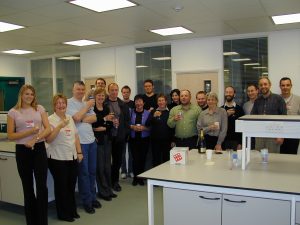
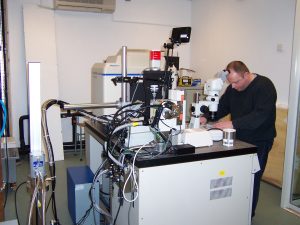
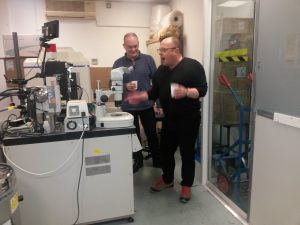
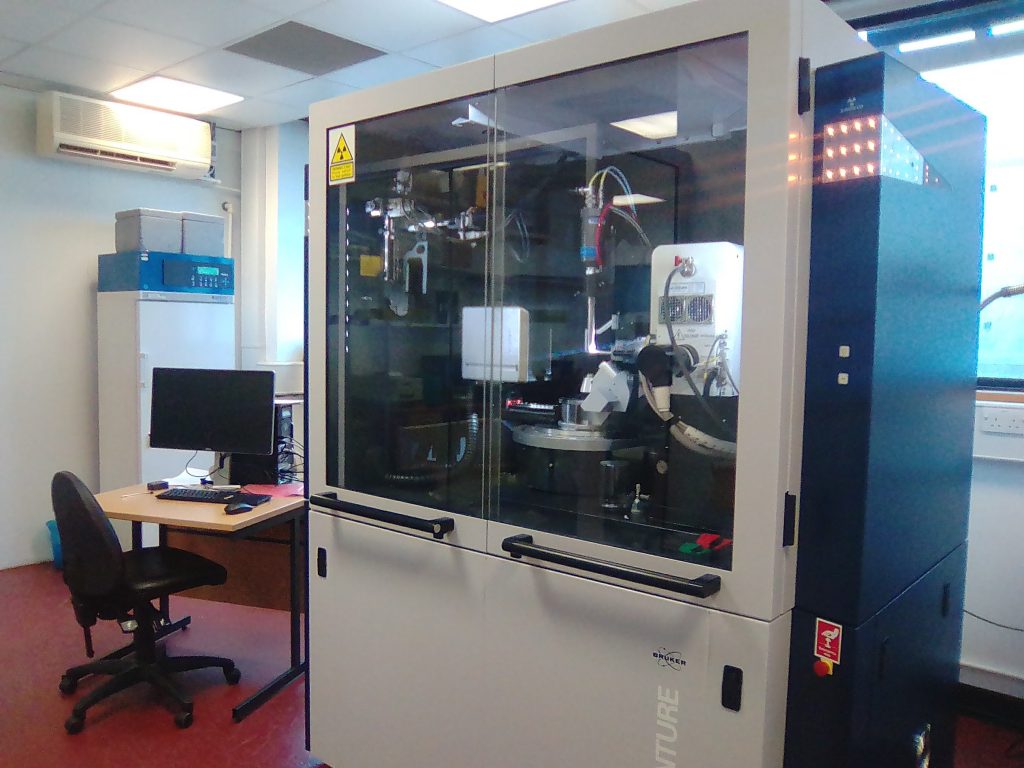
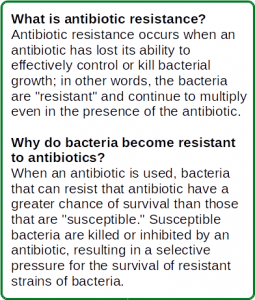 It is sadly not unusual for frail patients to contract serious infections in hospital. Clinicians are of course ready for this and would have responded by administering powerful antibiotics, hoping to kill the invading bacteria. Unfortunately, increasingly in the modern era, the
It is sadly not unusual for frail patients to contract serious infections in hospital. Clinicians are of course ready for this and would have responded by administering powerful antibiotics, hoping to kill the invading bacteria. Unfortunately, increasingly in the modern era, the 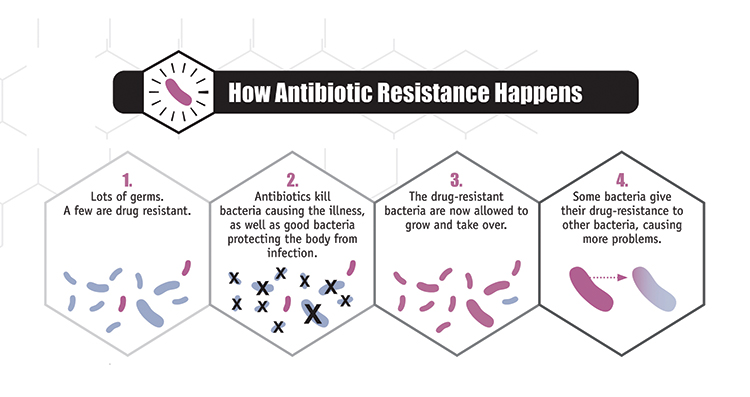
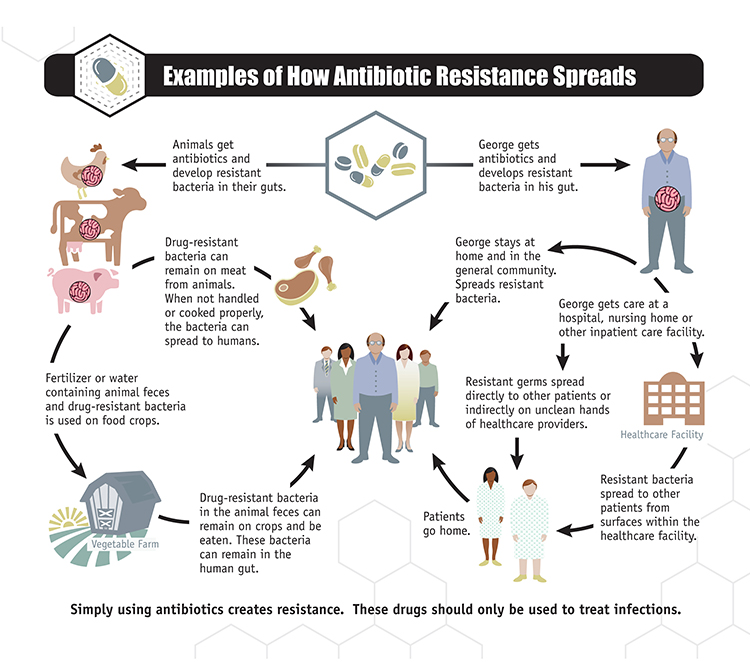
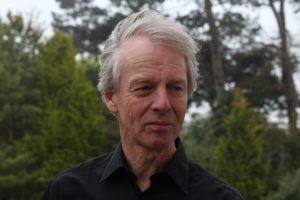 I turned 60 on the 3rd of May. The year leading up to that was traumatic for me because, psychologically, it felt like a turning point in life – a long and enjoyable career behind me but a rapidly foreshortening window ahead! Surprisingly, things suddenly looked up when the birthday actually arrived (last Tuesday) – I didn’t really feel any different!
I turned 60 on the 3rd of May. The year leading up to that was traumatic for me because, psychologically, it felt like a turning point in life – a long and enjoyable career behind me but a rapidly foreshortening window ahead! Surprisingly, things suddenly looked up when the birthday actually arrived (last Tuesday) – I didn’t really feel any different!

 We wondered how many of the past members of the lab would be able to make it, given that they were scattered to the four corners of the earth and we had no funds to cover their expenses. To my astonishment and delight, over 20 lab alumni agreed to come, and we were able to fill all of the 16 speaker slots with alumni from outside Newcastle.
We wondered how many of the past members of the lab would be able to make it, given that they were scattered to the four corners of the earth and we had no funds to cover their expenses. To my astonishment and delight, over 20 lab alumni agreed to come, and we were able to fill all of the 16 speaker slots with alumni from outside Newcastle.
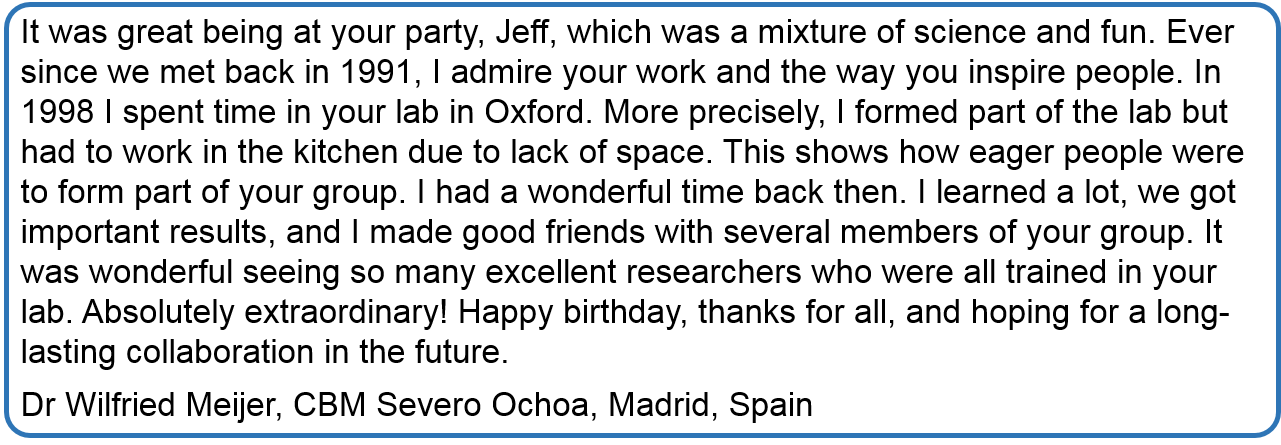

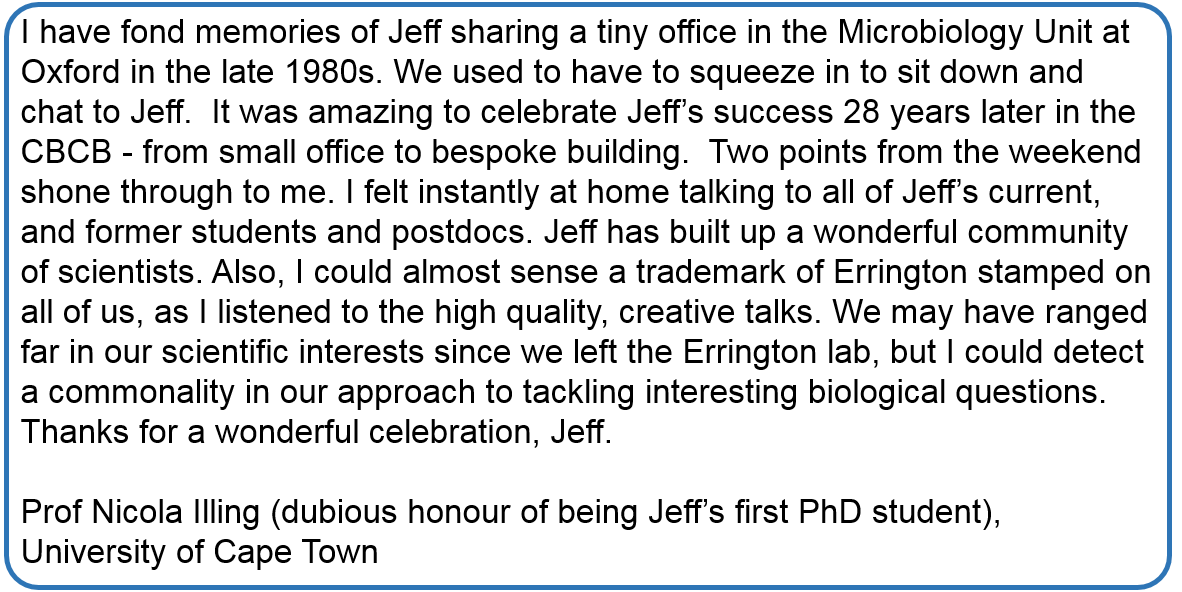

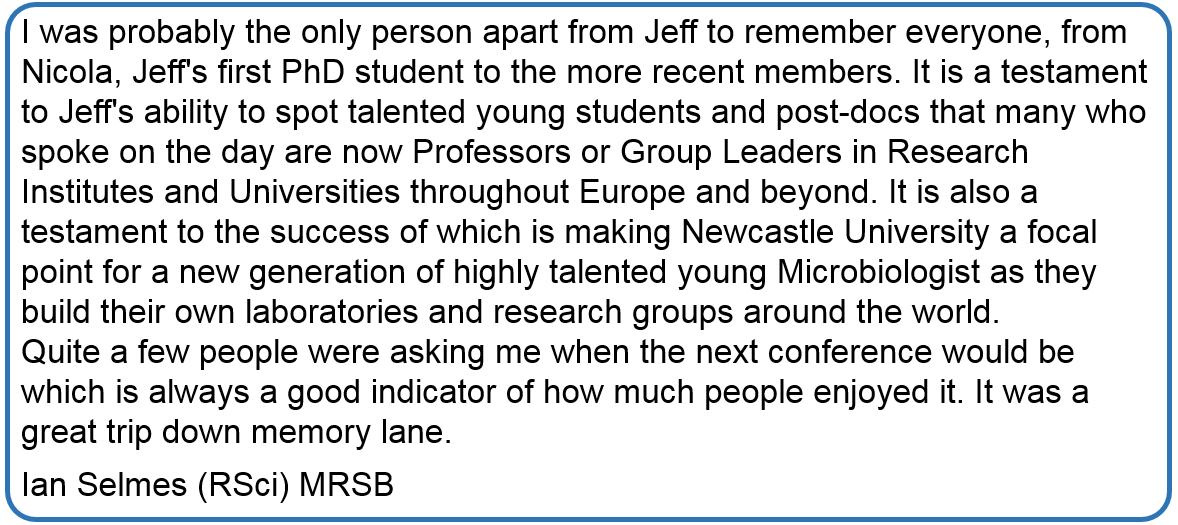 A day of great science – and warm friendship
A day of great science – and warm friendship

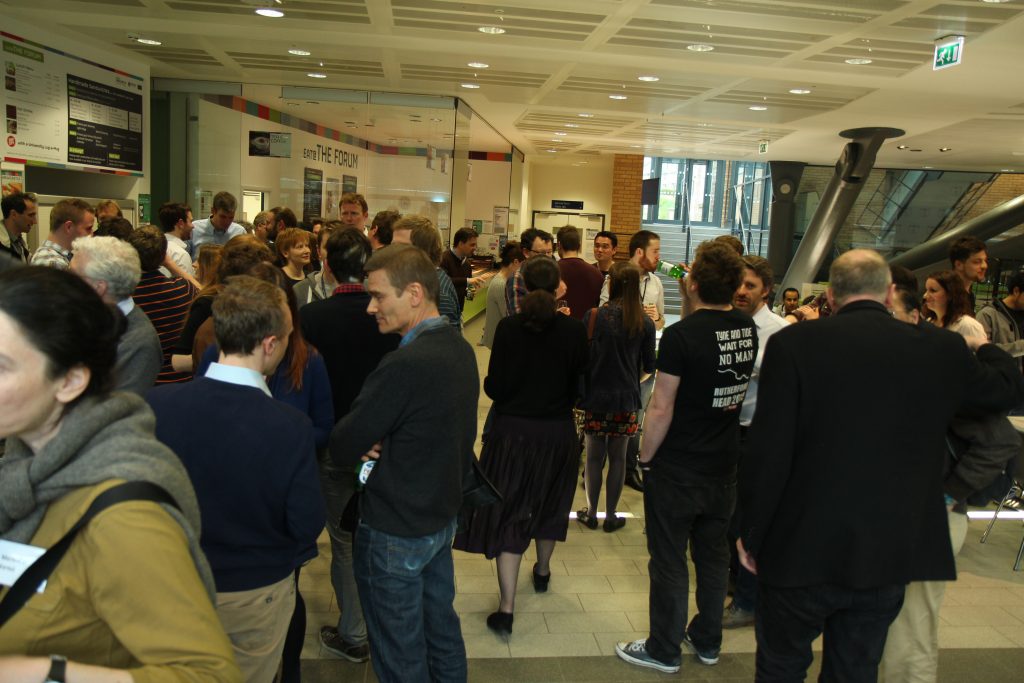
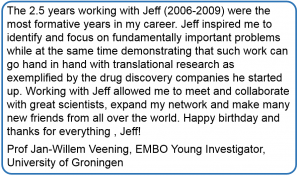
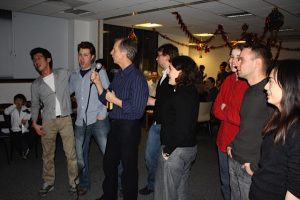
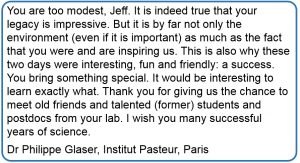 The only thing that I can think of is that if you can once assemble a critical mass of good scientists, which includes a few very good people, the culture or ecology of the lab becomes self sustaining. New people coming into the lab are well trained and inspired by the existing members, and they in turn go on to succeed in their own right. My job mainly becomes one of trying to make sure that the environment and infrastructure of the lab is capable of enabling good scientists to achieve their potential.
The only thing that I can think of is that if you can once assemble a critical mass of good scientists, which includes a few very good people, the culture or ecology of the lab becomes self sustaining. New people coming into the lab are well trained and inspired by the existing members, and they in turn go on to succeed in their own right. My job mainly becomes one of trying to make sure that the environment and infrastructure of the lab is capable of enabling good scientists to achieve their potential.
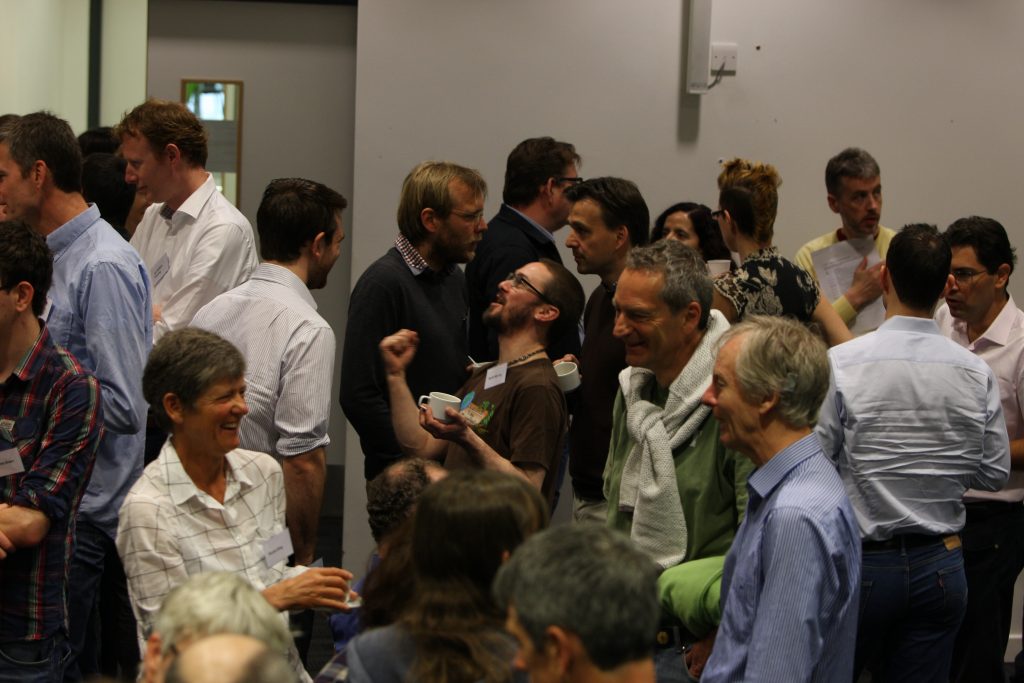

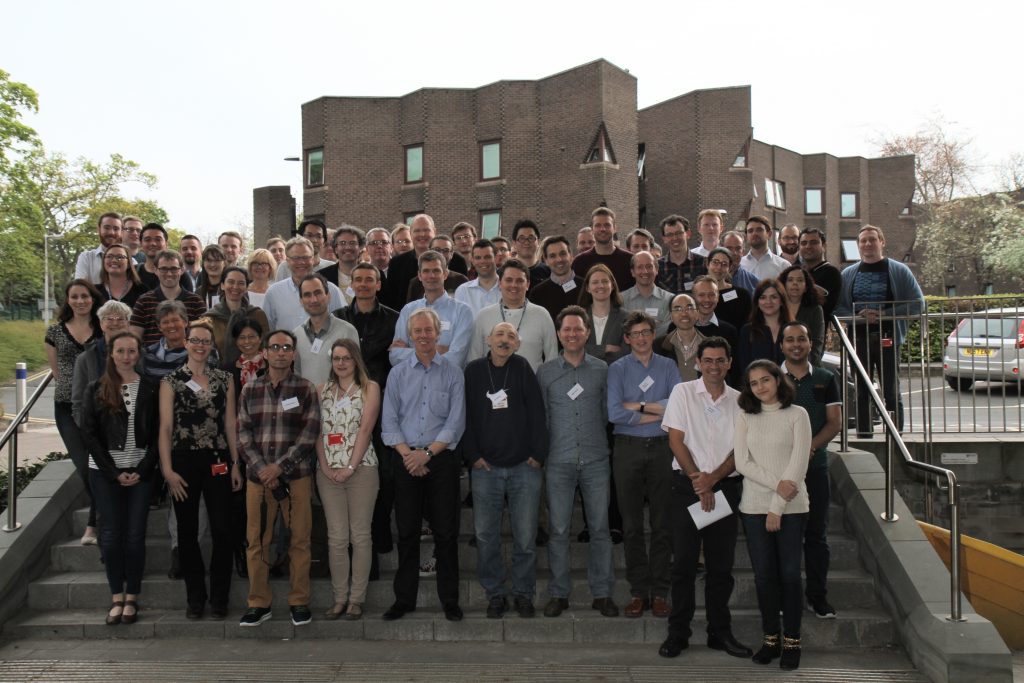
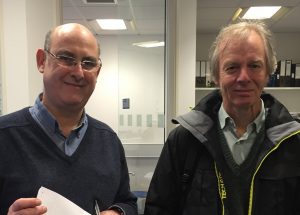

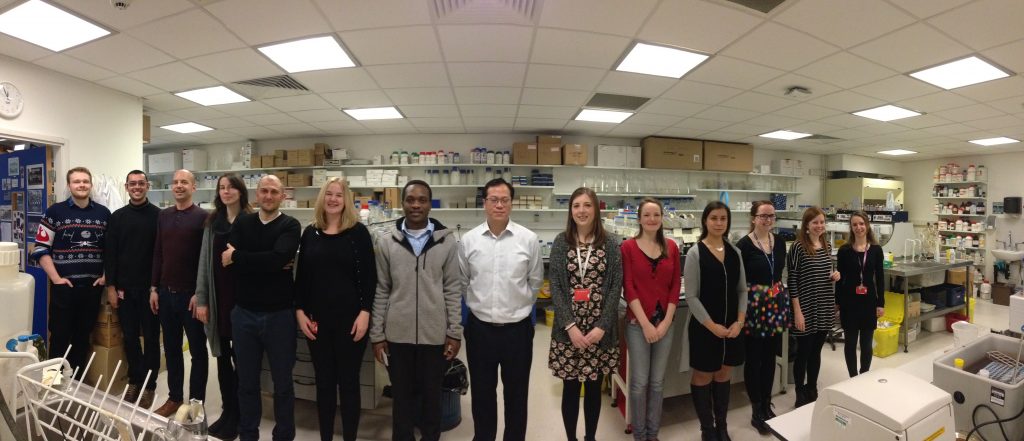

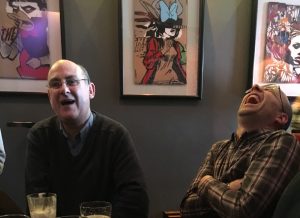
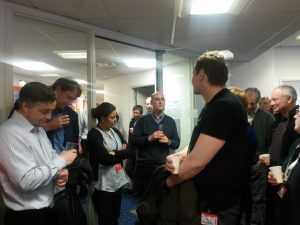






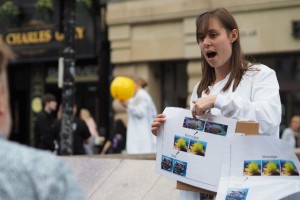
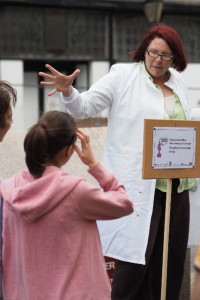

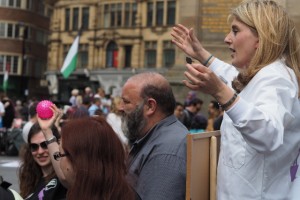


 It’s important to note that not all introduced species become invasive. For example, people were surprised to learn that the
It’s important to note that not all introduced species become invasive. For example, people were surprised to learn that the 

